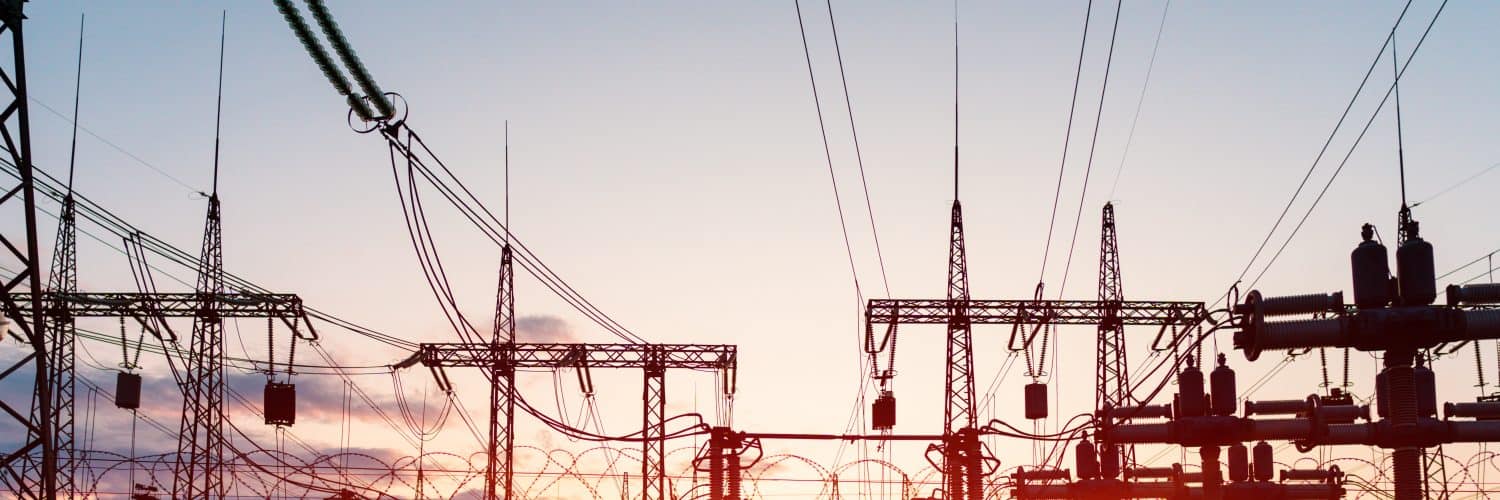Alberta’s weighted average Power Pool price for January is currently $68.86/MWh. Compared to last week’s price of $47.18/MWh, this represents a significant increase of $21.68/MWh or 46%. There has been substantial market activity over the past week, which has resulted in pricing volatility. With colder temperatures across the province, as well as extreme weather warnings in parts of eastern Alberta, demand increased drastically. In addition, there were generator outages at Battle River 4 and Genesee 1, both of which came back online by the 26th. As a result of these factors, a significant number of hourly periods reached over 11,000MW in demand, causing hourly peak prices to soar. In fact, hourly prices reached as high as $875.25/MWh on the 24th at 6pm MST, followed by $850.76/MWh at 7pm MST. The average Power Pool price over the past week alone has been $128.33/MWh, which has caused the dramatic increase to the month-to-date price. Since there are no current generator outages, the main driving force in pricing swings will be weather, as cold temperatures across the province continue to elevate demand levels. Temperatures are not expected to warm up until after the first few days in February.
The weighted average Hourly Ontario Energy Price (HOEP) is currently at 1.7¢/kWh for January, unchanged compared to last week’s settle. Although lower temperatures this week caused demand to increase about 3% (16,170MW), there was more growth on the supply side (+4%, 16,768W), which helped keep prices stable. Relative to average January levels, nuclear and hydro generation have remained unchanged (9,884MW and 4,457MW, respectively), while all other sources have increased their supply: gas (+18%, 1,219MW), wind (+42%, 1,145MW), solar (+52%, 27MW), and biofuel (+30%, 36MW). Currently, with the first Global Adjustment estimated at 8.6¢/kWh and the first recovery rate estimated at 0.5¢/kWh, January’s total market price is 10.8¢/kWh.
In other electricity news, the Independent Electricity System Operator (IESO) recently released its 2020 Year in Review. They found that, because of COVID-19 and work-from-home orders, overall electricity use decreased by 2.1% last year, to 132.2 TWh, which is the second lowest provincial consumption since 1988. Despite this overall drop in electricity use, the province hit its highest peak demand since 2013, with demand topping out at 24,446MW on July 9th, 2020. This peak demand was achieved due to high home air-conditioning loads during work-from-home orders, and a heat wave, along with a hiatus in the Industrial Conservation Initiative (ICI) program which, if active, would have encouraged reduced electricity use during peak demand hours.
– Mark Ljuckanov, Energy Advisor / Ryan Cosgrove, Energy Data Analyst / Sarah Clemente, Energy Data Analyst








Add comment